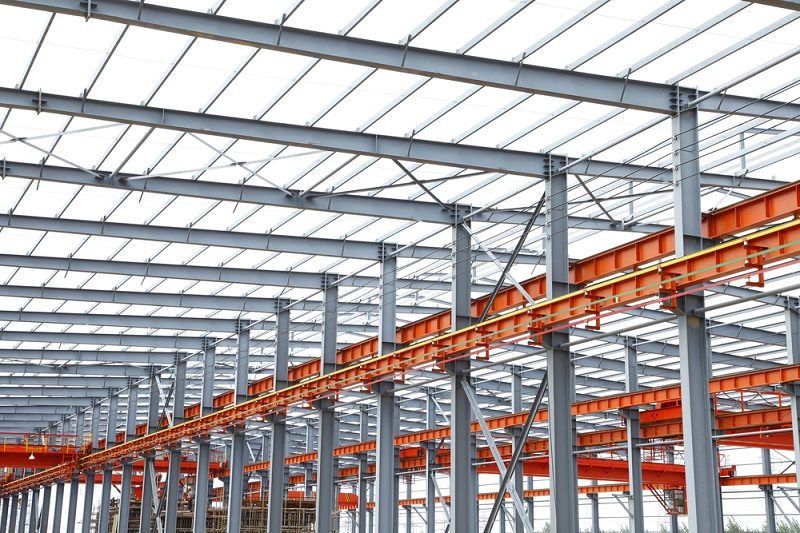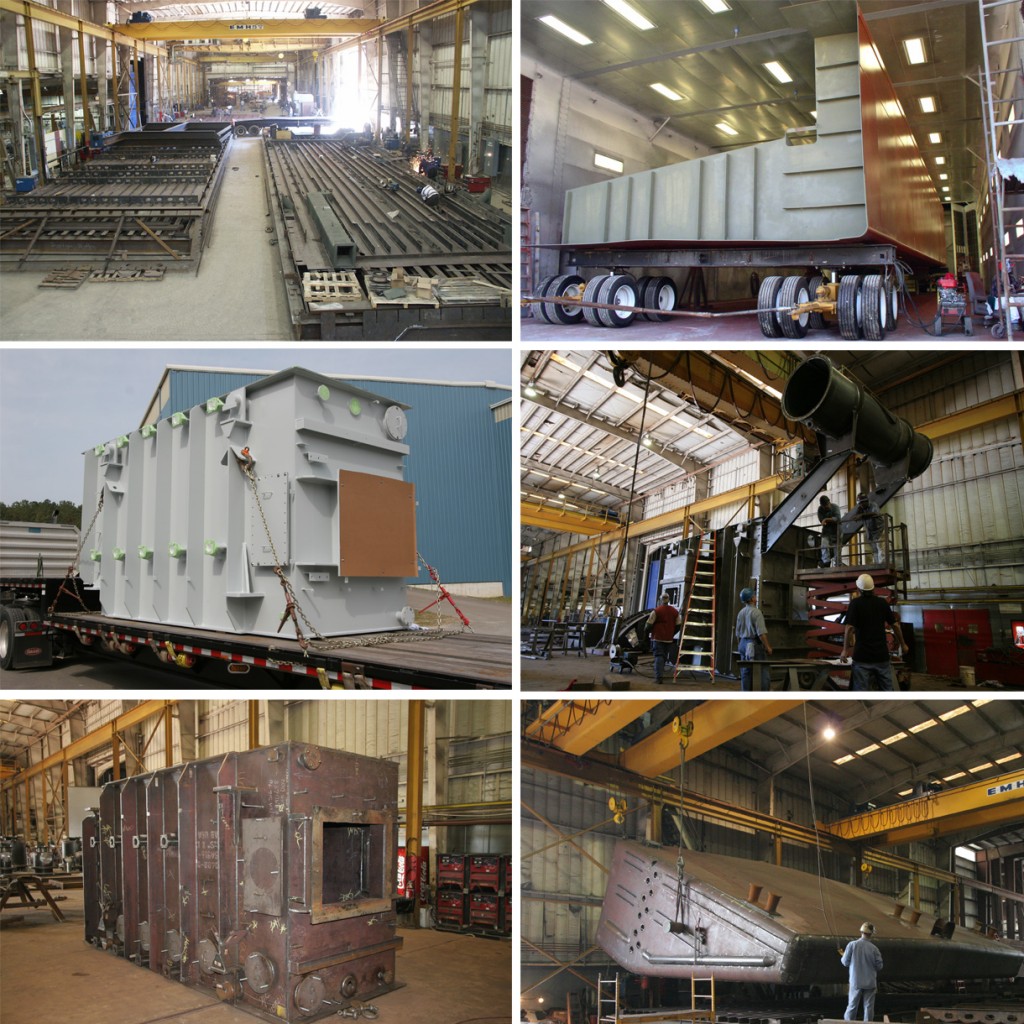Innovative Fads in Steel Fabrication: Enhancing Resilience and Accuracy
In the world of steel fabrication, the search of toughness and accuracy has brought about a wave of ingenious trends that are improving the industry. From innovations in welding innovations to the integration of robot automation in fabrication procedures, the landscape of steel production is advancing swiftly. High-strength alloy advancement, paired with the usage of 3D modeling and simulation software application, is pressing the limits of what is possible in terms of architectural integrity and precision. In addition, the expanding emphasis on lasting methods in steel manufacturing is not only driving performance but likewise fostering a much more eco mindful strategy to fabrication. These fads are not just shaping the here and now however additionally preparing for the future of steel construction, assuring more enhancements in durability and precision.
Advanced Welding Technologies
In the realm of steel construction, the adoption of sophisticated welding innovations has substantially transformed the market's method to attaining exceptional top quality and precision in structural welds. Advanced welding technologies, such as laser light beam welding and friction stir welding, have actually emerged as game-changers in the field. By leveraging these innovative welding methods, steel makers can elevate the toughness, strength, and precision of their architectural welds, meeting the progressively requiring requirements of contemporary construction tasks.
Robotic Automation in Construction
Welcoming robotic automation has ended up being a keystone of modern steel construction techniques, streamlining processes and improving effectiveness throughout the market. Robotics are changing the way steel elements are produced, supplying unrivaled precision and speed while lowering human mistake. These automated systems can take care of repetitive tasks with constant precision, causing better output.
One trick benefit of robot automation in steel fabrication is the ability to work all the time without exhaustion, dramatically increasing production outcome. This continual procedure decreases downtime and increases task timelines, inevitably conserving costs for manufacturers. Additionally, robotics can be set to execute complex jobs that may be difficult or dangerous for human workers, boosting safety and security in the office.
Additionally, robotic automation makes it possible for seamless combination with various other digital innovations, such as computer-aided layout (CAD) software and Web of Points (IoT) systems (steel fabrication melbourne). This interconnected strategy boosts communication in between various phases of fabrication, enhancing operations and making certain real-time monitoring and control. As the steel construction market proceeds to evolve, robot automation stands apart as a transformative force driving effectiveness and accuracy in making procedures

High-Strength Alloy Development
The development of high-strength alloy development in steel construction is reshaping the market's method to improving material sturdiness and performance. High-strength alloys are crafted to show remarkable mechanical properties, such as raised tensile toughness, durability, and rust resistance compared to conventional steel grades. By integrating these advanced alloys into manufacture procedures, producers can produce components that withstand higher stress and anxiety degrees and extreme environments, resulting in more reliable and sturdy end products.
One key advantage of high-strength alloy advancement is the ability to reduce product thickness without compromising architectural stability. This not only causes lighter-weight elements but also adds to set you back savings and boosted effectiveness in fabrication and setting up processes. Moreover, the boosted strength-to-weight ratio of these alloys permits the style and building and construction of frameworks with higher load-bearing abilities while reducing total weight.
3D Modeling and Simulation Software
Improvements in steel manufacture procedures have actually been dramatically driven by the integration of sophisticated 3D modeling and simulation software program devices. These devices permit fabricators to produce thorough digital versions of their tasks, allowing them to picture the last item with accuracy before any type of physical work begins.

Sustainable Practices in Steel Manufacturing
Including sustainable methods into steel manufacturing procedures is vital for lessening ecological impact and ensuring lasting resource accessibility. One key lasting practice is the adoption of energy-efficient modern technologies to decrease greenhouse gas exhausts throughout the steel manufacturing process. This consists of using renewable resource sources, such as solar or wind power, to power steel plants and executing energy-efficient tools to enhance power use.
Another important facet of sustainable steel production is you can try here the accountable sourcing of resources. This entails guaranteeing that the iron ore and various other sources utilized in steelmaking are gotten from ethical and eco-friendly sources. By advertising openness in the supply chain and sticking to strict environmental standards, steel makers can lessen the negative impacts of resource extraction on local environments and areas.

Conclusion
In conclusion, the ingenious patterns in steel fabrication such as sophisticated welding technologies, robot automation, high-strength alloy growth, 3D modeling and simulation software application, and sustainable techniques are improving the toughness and precision of steel items. These improvements are transforming the steel fabrication sector by enhancing effectiveness, sustainability, and quality. It is clear that the future of steel fabrication depends on accepting these innovative innovations to fulfill the demands of modern-day building and production industries.
In the realm of steel manufacture, the quest of sturdiness and accuracy has led to a wave of ingenious fads that are reshaping the market.In the world of steel construction, the fostering of cutting-edge welding innovations has actually considerably revolutionized the market's technique to achieving exceptional top quality and precision in architectural welds. As the steel fabrication market proceeds to advance, robotic automation stands out as a transformative force driving effectiveness and precision in manufacturing processes.
Moreover, reusing and recycling steel scrap and waste products play a substantial role in improving the sustainability of steel production. Alpha reo.In conclusion, the ingenious patterns in steel manufacture such as innovative welding technologies, robotic automation, high-strength alloy development, 3D modeling and simulation software application, and sustainable techniques are improving the longevity and accuracy of steel items